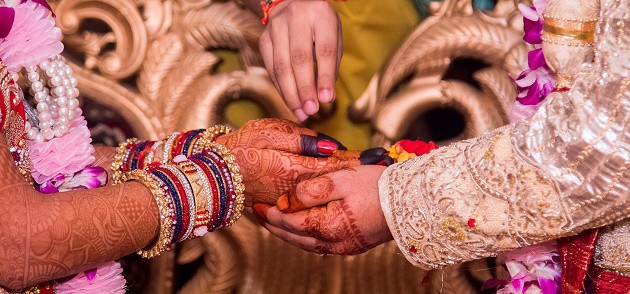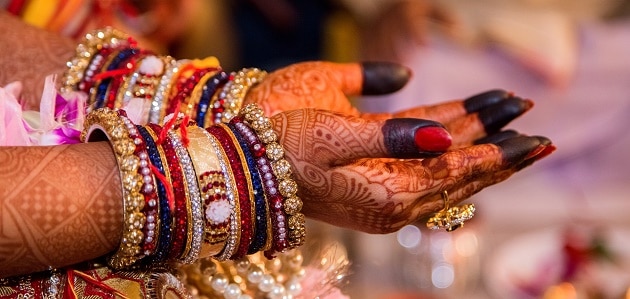
With the world’s population becoming more cosmopolitan as each day goes by, it’s ever more common to attend multicultural weddings, even far away from these traditions’ country of origin.
If you’re reading this, you might have been invited to an Indian wedding in the UK, and are looking to find out more about the prospective bridegroom’s traditions. Here, we delve into the rich and enticing world of the much-spoken-about Indian weddings, unsurpassed in their splendour and opulence.
Alternatively, you might be looking for a venue to celebrate your Indian wedding, because one or both of the betrothed are of Indian heritage. Read on to discover how you could host your big day with us, and how the contrast between our venues and the Indian aesthetic could bring that extra bit of glamour to your celebration.
Planning ahead
The date of an Indian wedding is set up according to the horoscope of the bridegroom. Once this date has been established, it’s important to secure a venue where all the fun and the luxury can unfold.
Typically, lavish Indian weddings may take place over the course of several days; say, a long weekend. Multiple activities might have been planned, such as the intricate painting of the hands and feet of the bride, called mehndi; and the presentation of floral garlands to the guests. If you are planning an Indian wedding, discuss your requirements with the wedding venue, for example the throwing of rose petals, which is said to bring good luck to the newlyweds. Most importantly, plan well in advance to create an unforgettable experience for yourselves and your guests.

Unique customs of Indian weddings
Indian weddings are known far and wide for their vibrant use of colour, culture and, of course, fragrant incense; which arguably makes them one of the most visually compelling in the world. In an Indian wedding you can expect to be served exquisite platters of exotic food and sweet drinks made from tropical fruits.
The ceremony itself takes place under a purpose-built altar or canopy. Unlike the white gowns typical of the Western wedding tradition, Indian brides wear a red sari, embroidered with gold thread, as well as elaborate jewellery. Instead of exchanging wedding rings, the Mangala Sutra is tied around her neck.
The significance of the details
Several details are placed as symbols in various locations throughout the ceremony. For example the use of coconut signifies fertility (which the bridegroom might desire in their future life together), and the presence of flowers represents beauty. Rice and grains are a symbol for abundance, and the traditional Indian ghee (a purified kind of butter) is meant to feed the sacred fire.
If you are getting married in an Indian ceremony, simply following the millenary tradition of Indian weddings will ensure that your wedding is considered perfect to the last detail.
Moreover, you can be sure that none of your guests will forget their experience, as all their senses, sight through to smell, will be wonderfully stimulated, creating a unique combination. If, on the other hand, you are attending an Indian wedding, you can be sure never to forget the experience.
Browse our site today to find out more.
